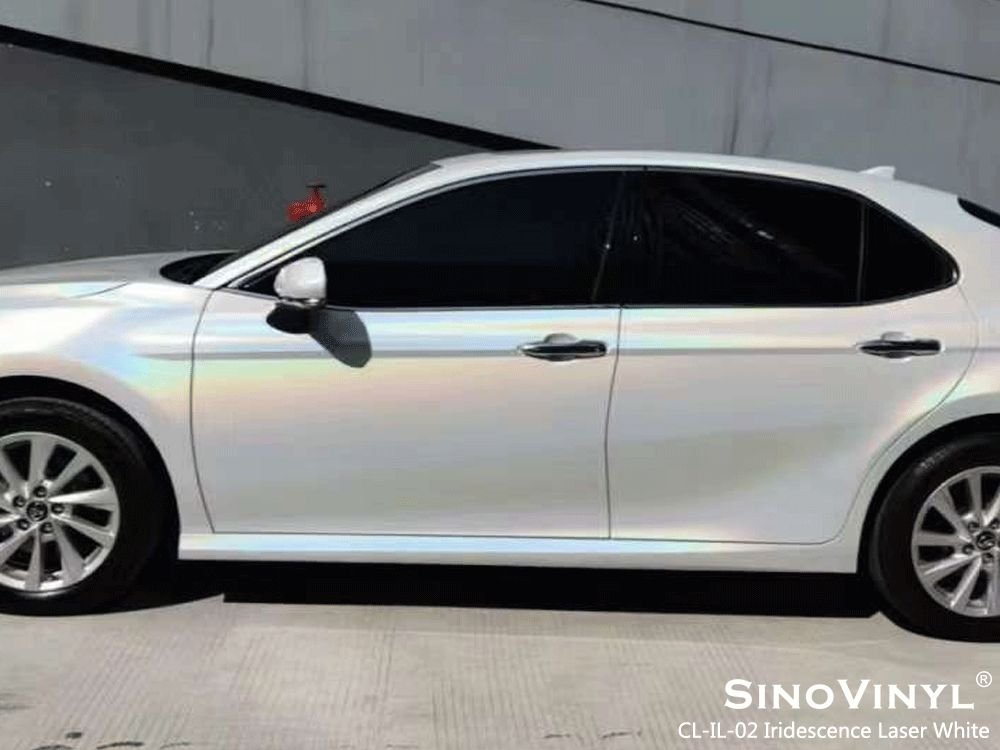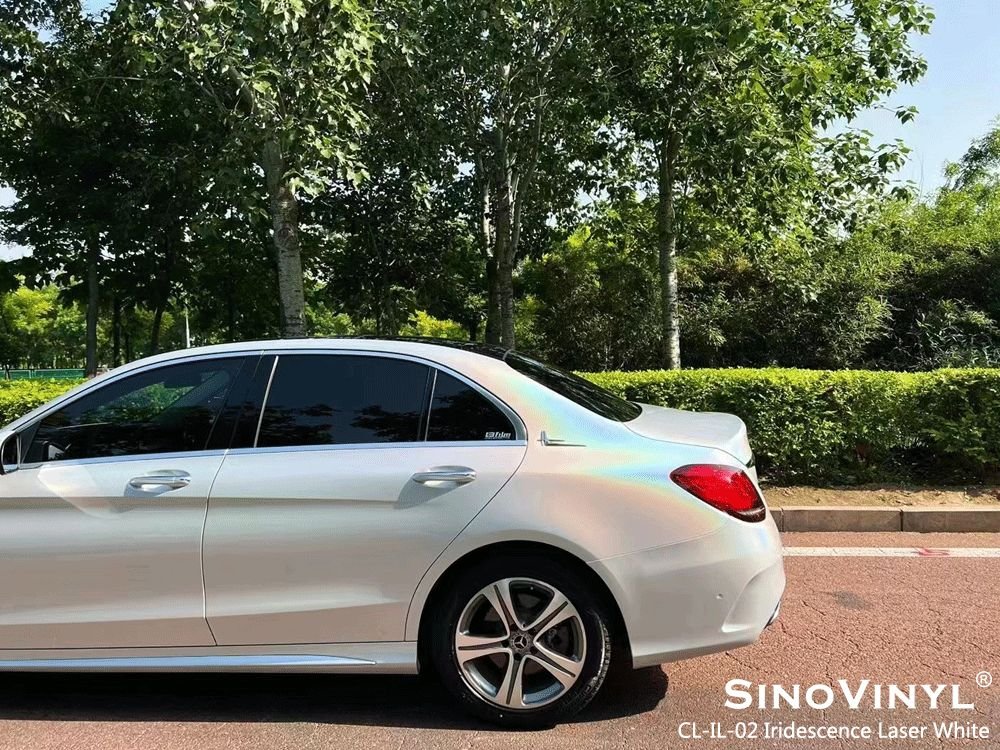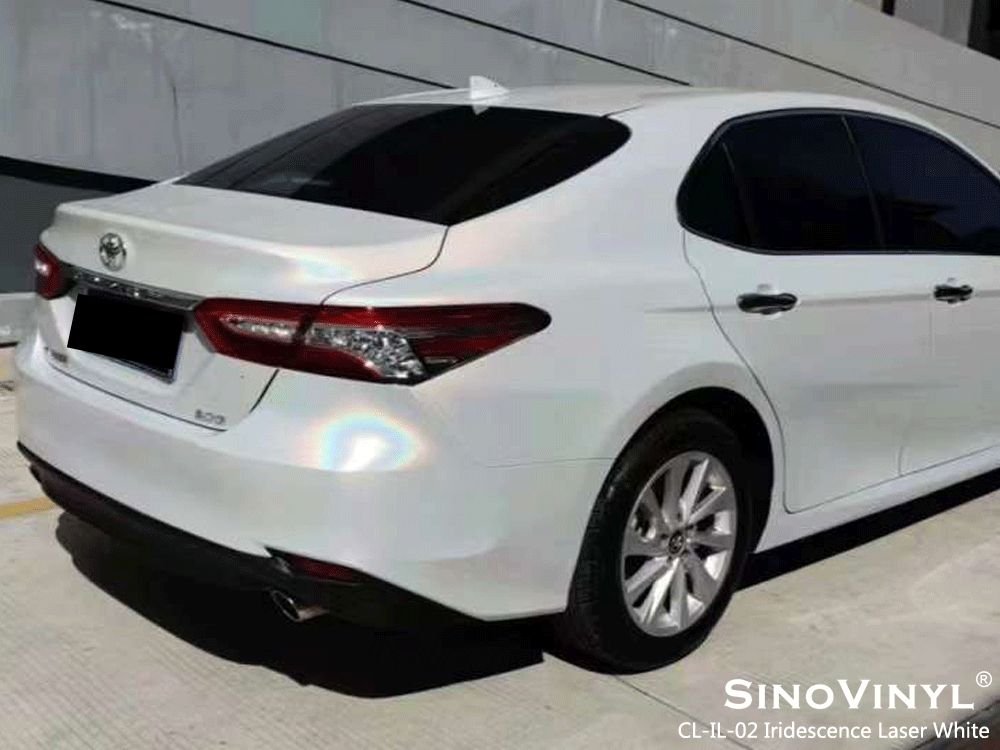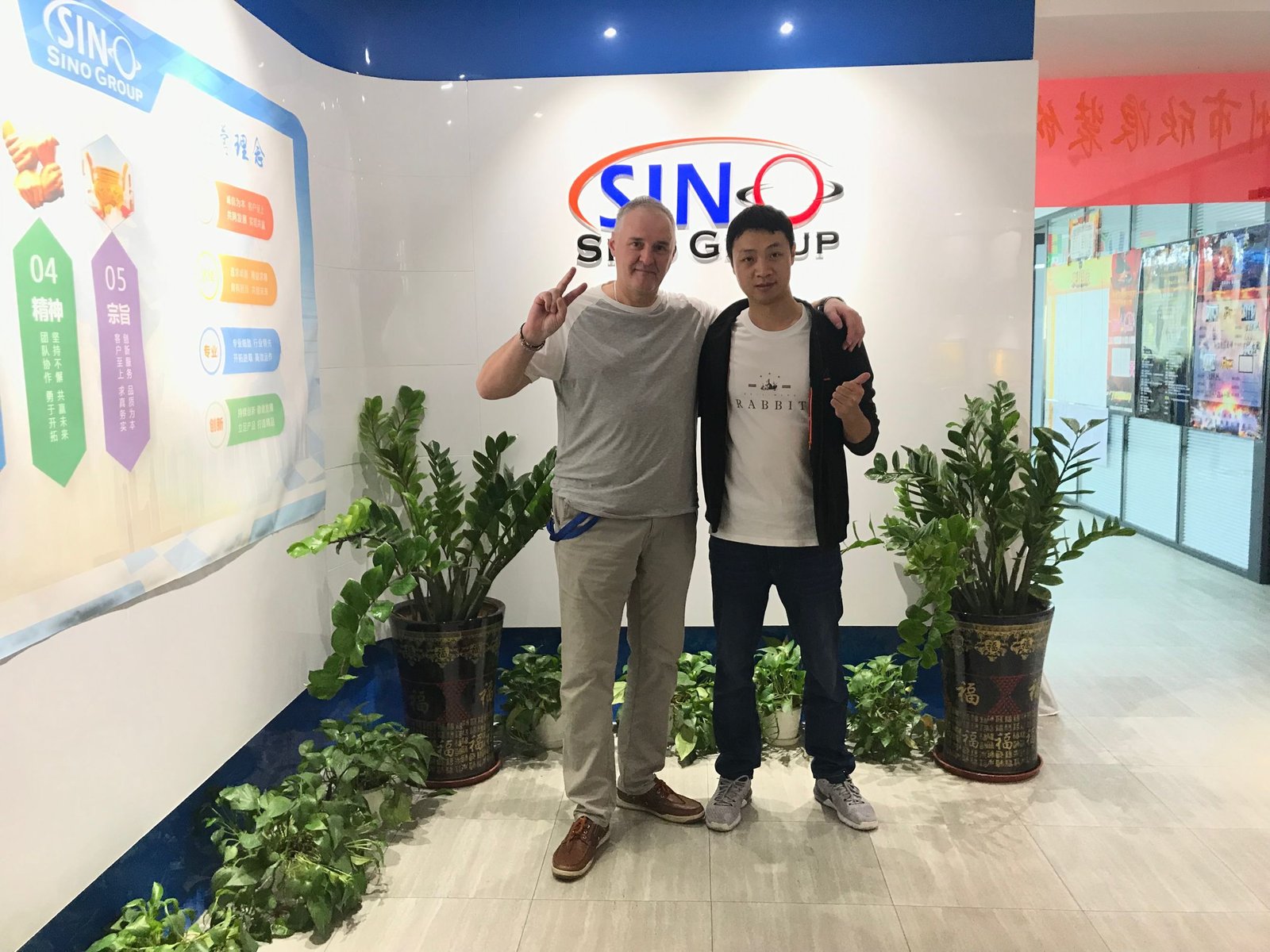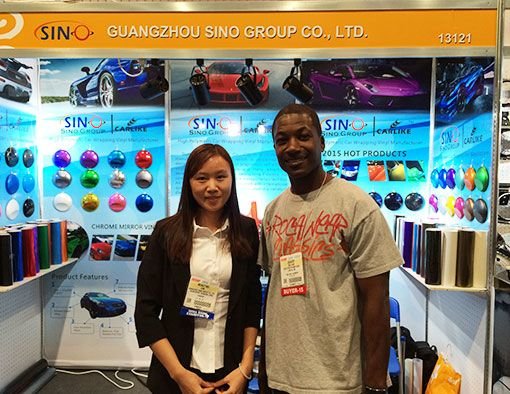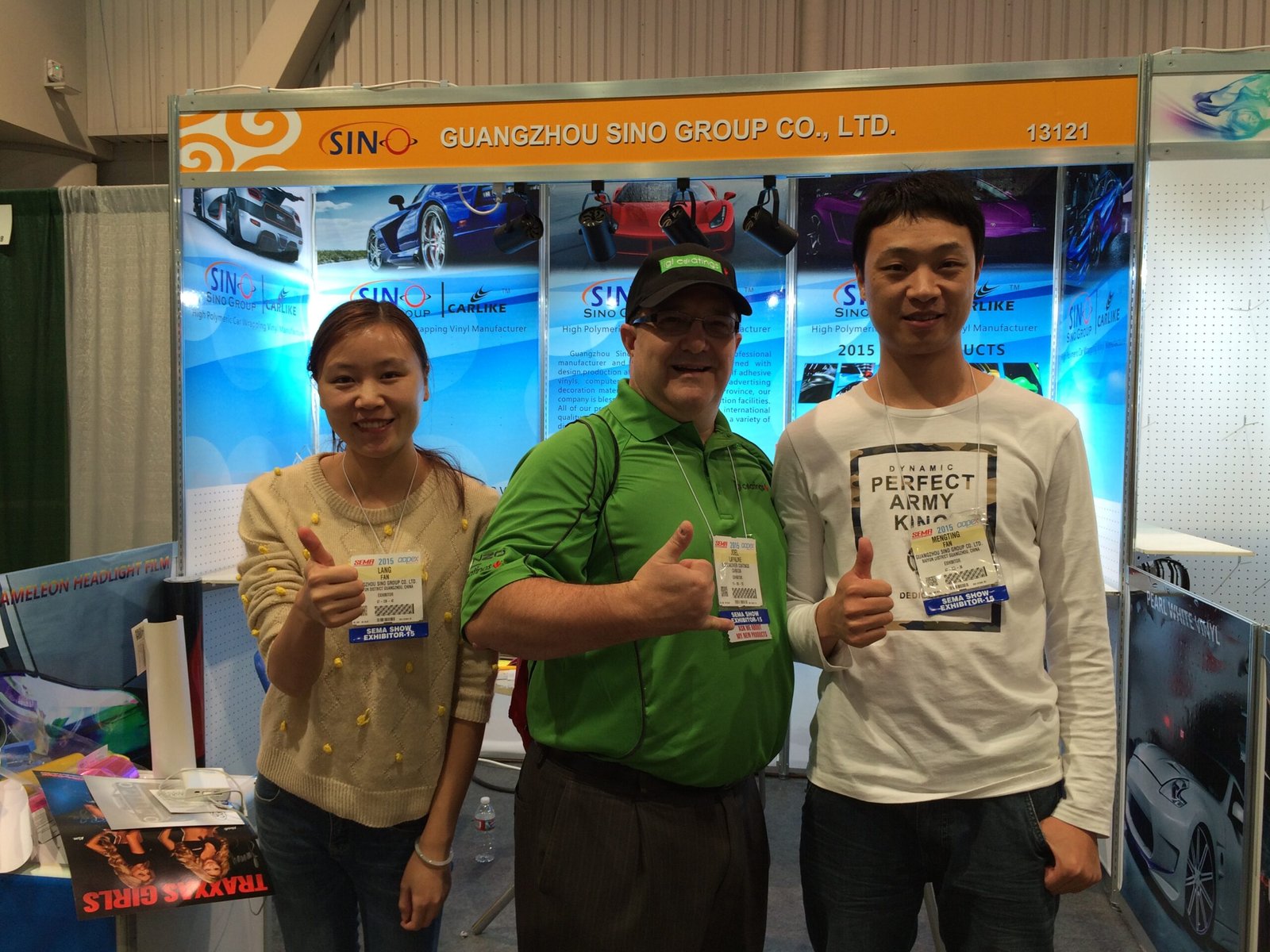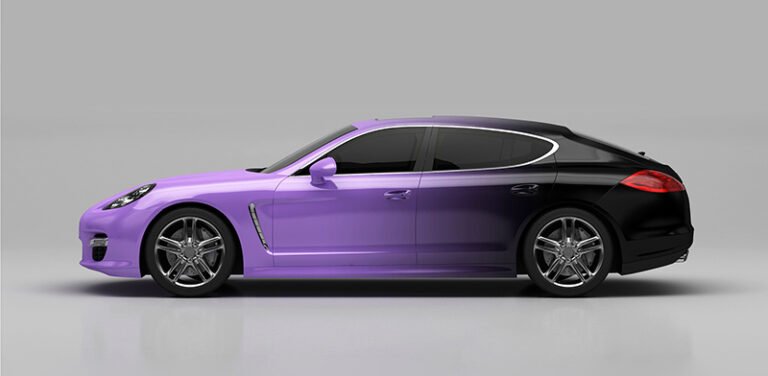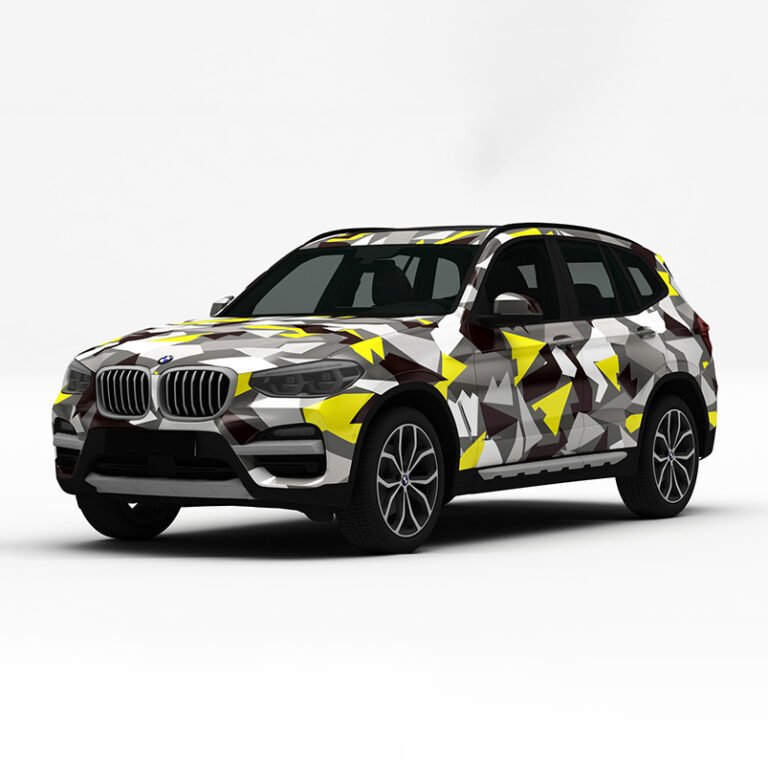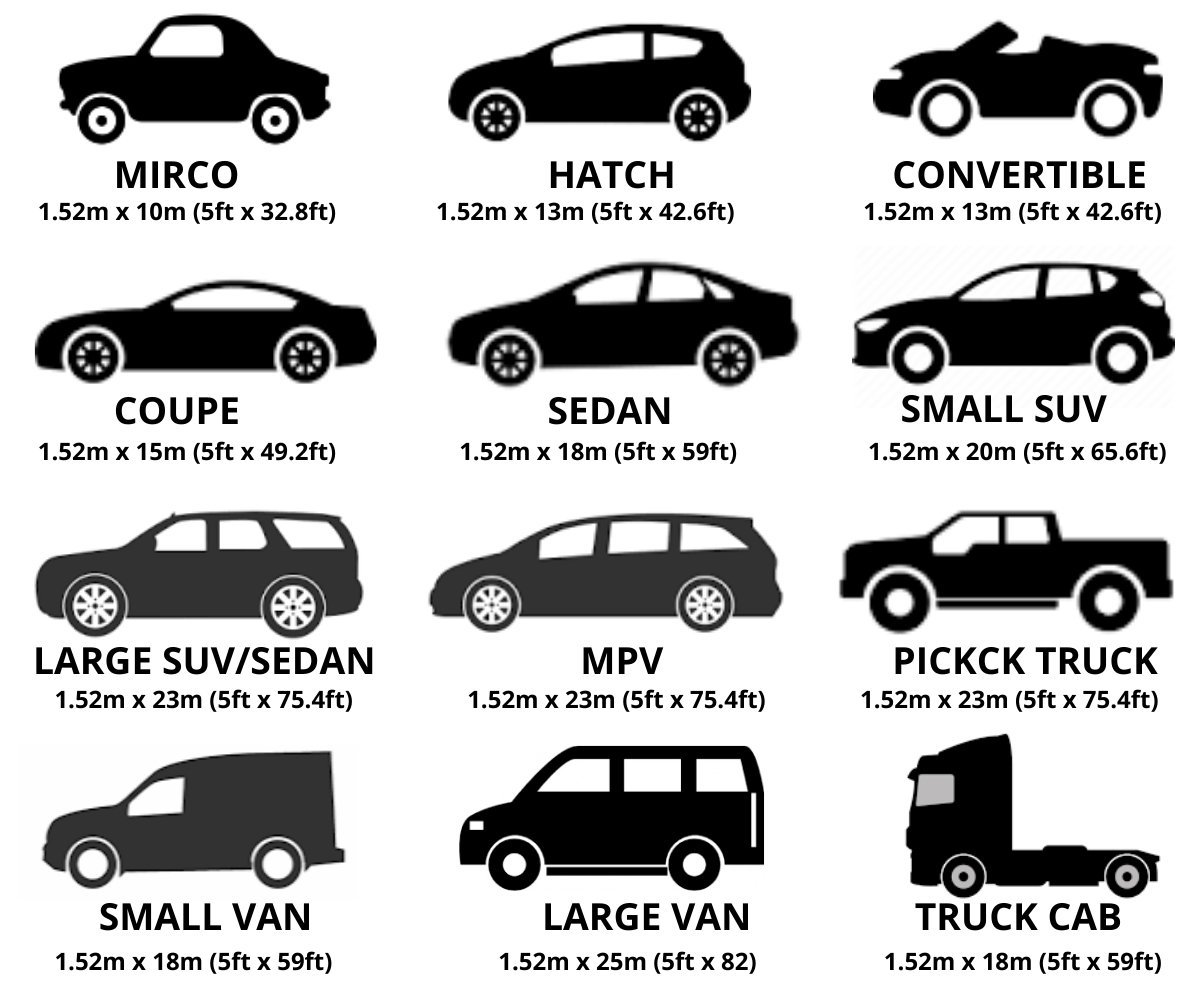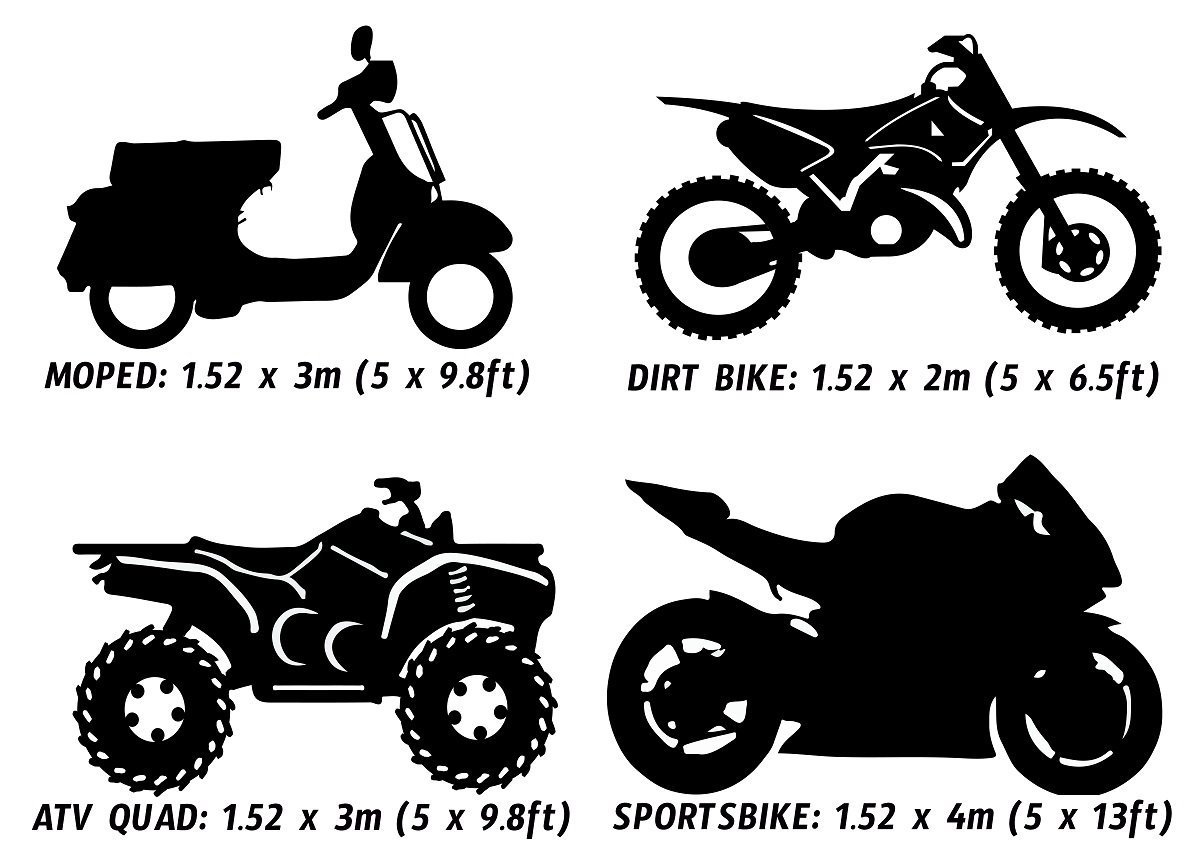What is a car vinyl wrap supplier?
A car vinyl wrap supplier is an enterprise or firm that specializes in furnishing vinyl wrapping materials and associated services tailored for automobiles, with a specific focus on cars. Vinyl wrapping involves covering a vehicle’s exterior surfaces with a thin, adhesive-backed vinyl material to change its appearance, protect the original paint, or serve branding and advertising purposes.
How does the vinyl wrapping process work?
The vinyl wrapping process involves applying a specially designed vinyl film onto the surface of a vehicle to change its appearance or protect the original paintwork. Here’s an overview of how the vinyl wrapping process generally works:
1. Vehicle Assessment and Design
Before starting the vinyl wrap installation, a professional installer will assess the condition of the vehicle’s paint and bodywork. They will also discuss design options with the client, including color choices, finishes (matte, glossy, satin, etc.), and any custom graphics or patterns.
2. Surface Preparation
Proper surface preparation is crucial for a successful vinyl wrap. The vehicle’s surface is thoroughly cleaned to remove dirt, debris, and any wax or polish that could affect adhesion. Any imperfections or minor damages on the paint are addressed at this stage.
3. Vinyl Material Selection
The client and installer choose the type and color of vinyl wrap material, there are various grades of vinyl available, ranging from economy to premium quality, each offering different levels of durability, conformability, and finish.
4. Printing (if applicable)
For custom designs or graphics, the chosen design is often digitally printed onto the vinyl material using large-format printers.
5. Vinyl Application
The vinyl wrap installation process involves carefully applying the vinyl film to the vehicle’s surface. The installer uses specialized tools such as squeegees and heat guns to ensure proper adhesion and alignment.
6. Heating and Stretching
Heat plays a significant role in the vinyl wrapping process. Stretching and manipulation of the vinyl are done to eliminate wrinkles, bubbles, and creases.
7. Trimming and Cutting
Once the vinyl is in place, excess material is trimmed away from edges, seams, and openings such as doors, windows, and lights.
8. Finishing Touches
Additional steps may be taken to ensure the vinyl wrap looks seamless and professionally installed. These may include tucking edges, applying edge sealers, and post-installation heat application to ensure long-term adhesion.
9. Quality Inspection
A thorough quality inspection is conducted to ensure that the vinyl wrap is properly installed, free of defects, and meets the client’s expectations. Any necessary touch-ups or adjustments are made at this stage.
10. Client Approval and Delivery
Once the vinyl wrap is complete and the client is satisfied with the results, the vehicle is ready for delivery. The client is provided with care instructions to maintain the vinyl wrap’s appearance and longevity.
Professional installers with experience in vinyl wrapping can achieve stunning results while ensuring the vinyl wrap adheres properly and lasts as long as possible.
